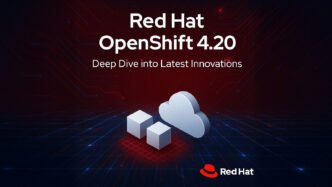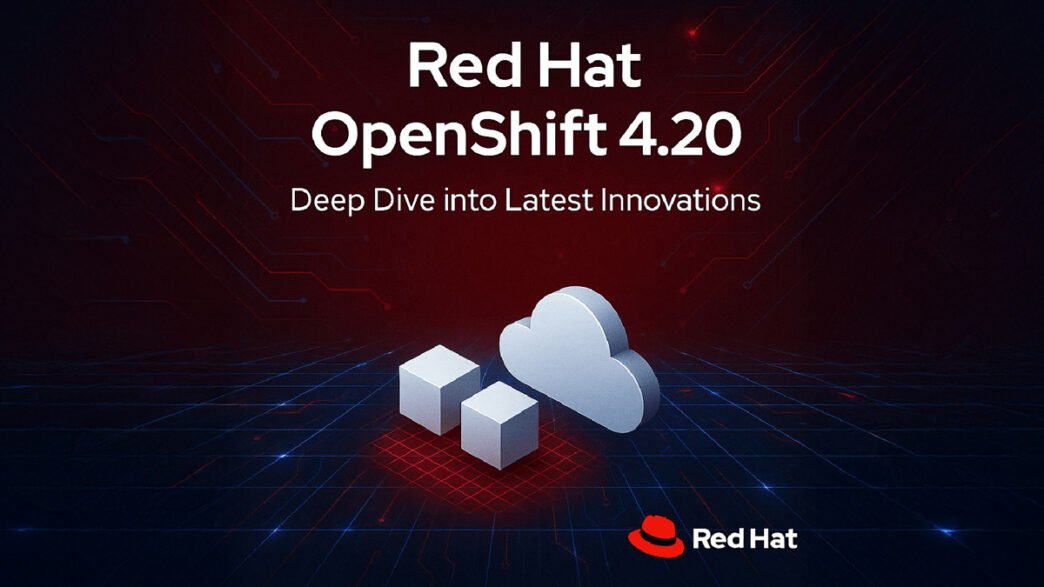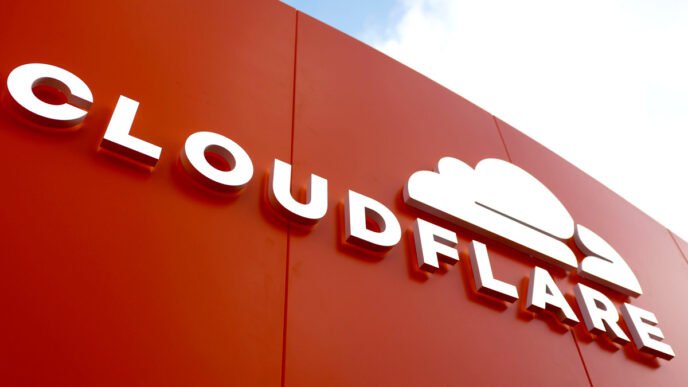Red Hat OpenShift 4.20 is now available, building on Red Hat’s vision of a robust, secure, and scalable hybrid cloud platform. The new release delivers faster AI workloads, enhanced security for future threats, better virtualization support, and more efficient management of modern applications. Red Hat positions OpenShift 4.20 as a key milestone for enterprises looking to accelerate innovation using Kubernetes, AI and multi-cloud.
Accelerated AI, faster deployment and easier scaling
AI has become a central part of many organizations' digital journeys, and OpenShift 4.20 comes with several features that directly address the complexity behind large AI models and data-intensive workflows.
One of the most significant news is LeaderWorkerSet (LWS) API, a system that automates the orchestration and scaling of distributed AI workloads. Instead of manual management, developers and operations teams now have one tool which can adapt resources to the model's needs and scale up or down in real time.
Another improvement is the ability to use image volume source to quickly integrate new AI models. This eliminates the need for organizations to rebuild application containers when a model is updated or replaced. The result is significantly shorter lead times, which is crucial for projects working with iterative AI development.
OpenShift 4.20 also includes support for Model Context Protocol (MCP). By integrating models with development tools like Visual Studio Code allows teams to manage model versions, updates, and production releases more predictably and in a controlled manner.
Security that prepares businesses for the post-quantum era
Encryption is an area that will change drastically when quantum computers make their debut. Red Hat is already taking this into account by introducing initial support for post-quantum cryptography in OpenShift 4.20. This strengthens the protection of control plane communication and reduces the risk of critical systems will become vulnerable in the future.
For Red Hat OpenShift Platform Plus customers, an upgraded set of security tools is also delivered:
• Red Hat Advanced Cluster Security 4.9 for deeper insight into threats and cluster status
• An improved Red Hat Trusted Artifact Signer for safer application chains
• An updated Trusted Profile Analyzer for better analysis and validation of safety data
These features make it easier for security and operations teams to manage policies, identify vulnerabilities, and ensure compliance with internal and external requirements.

Improved virtualization and increased performance
OpenShift 4.20 reinforces Red Hat's focus on combining container technology with traditional virtualization. The new version introduces CPU load aware rebalancing, which allows the system to better distribute resources between different workloads.
This means that compute-intensive applications get what they need, while smaller workloads are not pushed aside. For enterprises that manage mixed environments with both container and VM-based applications, this is an important improvement.
In addition, it is expanded The arm rest, making OpenShift 4.20 more flexible for organizations that want to work cost-effectively and energy-efficiently or use Arm-based edge solutions and server environments.
Hybrid cloud covering more scenarios – including bare metal via Oracle Cloud
Hybrid cloud continues to be central to Red Hat's strategy. OpenShift 4.20 expands functionality for OpenShift Virtualization, which can now be run on bare-metal distributions on Oracle Cloud. This gives companies greater control over data, infrastructure, and workload placement, especially in environments with high performance and security requirements.
This also provides increased flexibility for organizations that want to use the same operating model on-premises, in the cloud, or as a multicloud.
Faster and smoother migrations from legacy systems
Many companies are stuck with legacy virtualization solutions that no longer support modern scalability or new security standards. OpenShift 4.20 includes updates to its migration toolkit, including improved storage offloading makes migration faster and more resource-efficient.
Organizations can reuse existing storage resources and reduce downtime when migrating from legacy virtualization platforms to OpenShift Virtualization, making OpenShift a more reliable option for companies that want to modernize their infrastructure without replacing all components at once.
A platform for companies looking to grow with AI, cloud and automation
With OpenShift 4.20, Red Hat demonstrates that the platform continues to be one of the most complete ecosystems for enterprises building modern cloud-native applications, AI solutions, and hybrid cloud infrastructure. The combination of security, scalability, developer optimizations, and improved virtualization make the release a significant step forward in Red Hats long-term strategy.
















